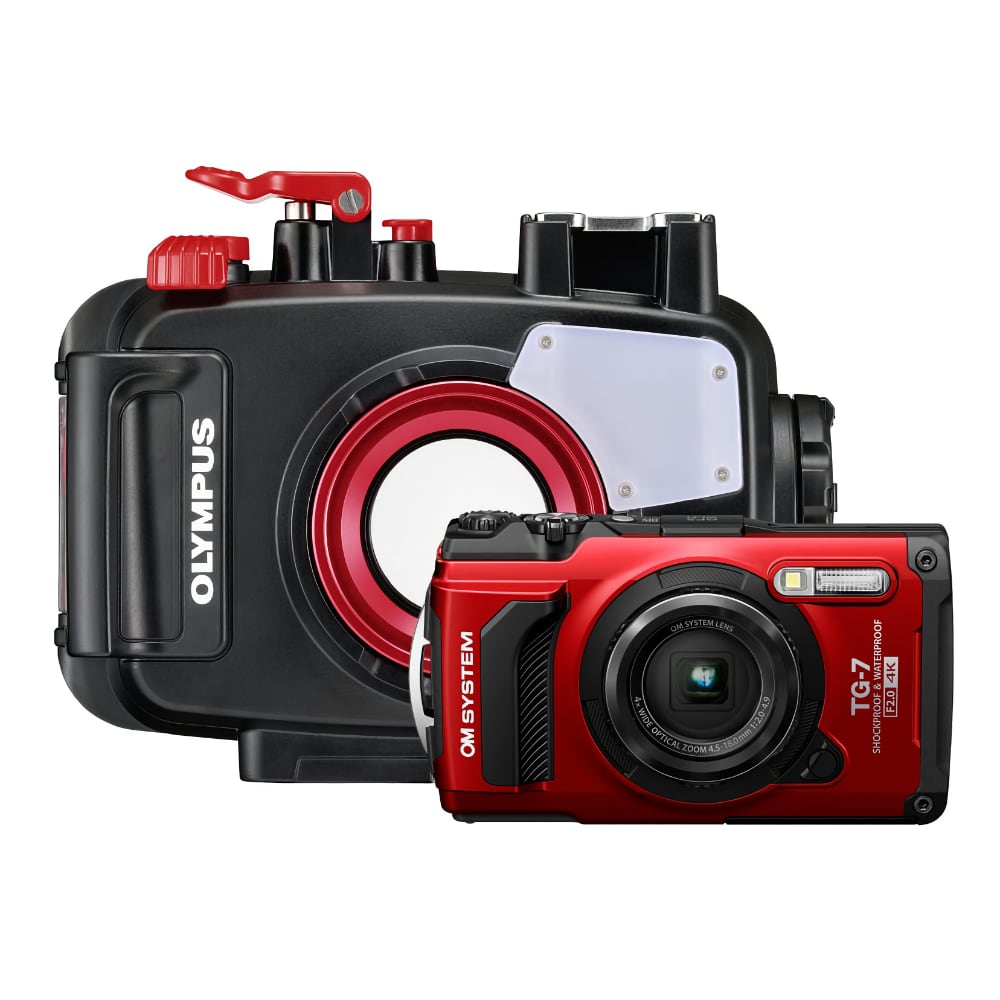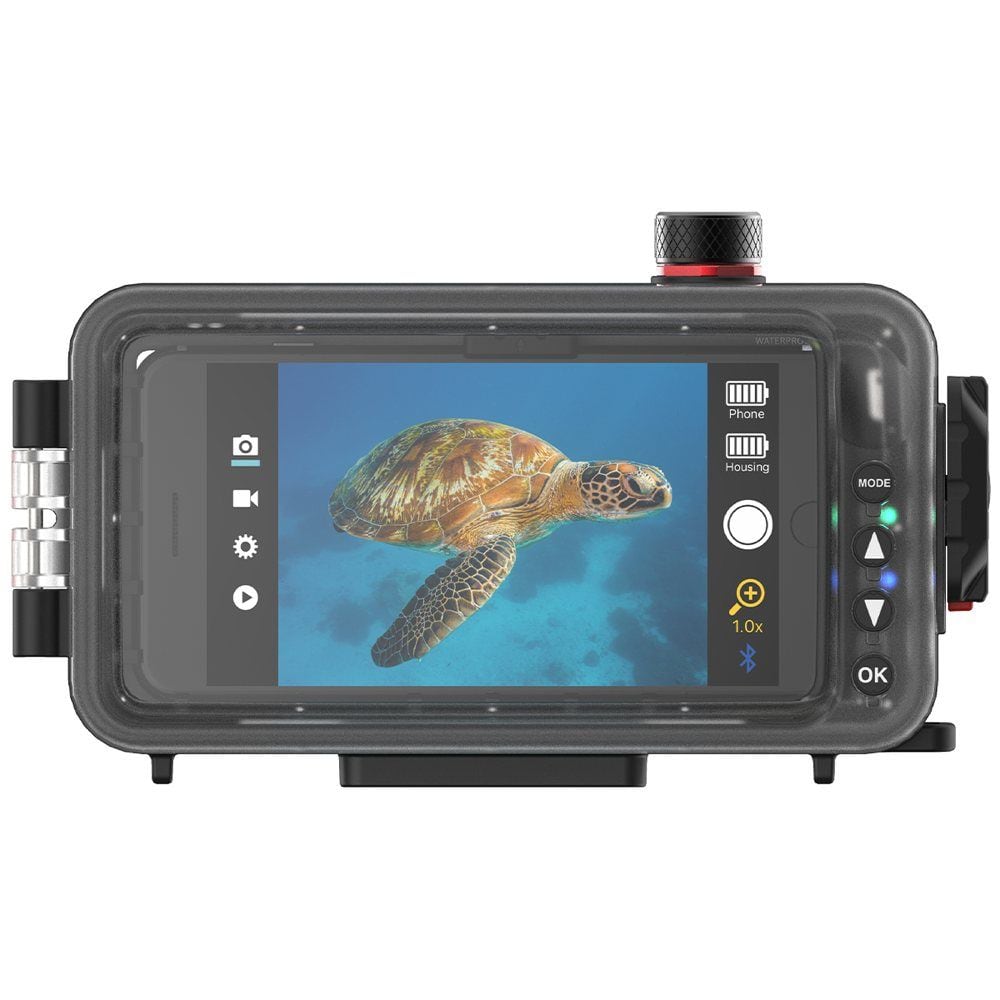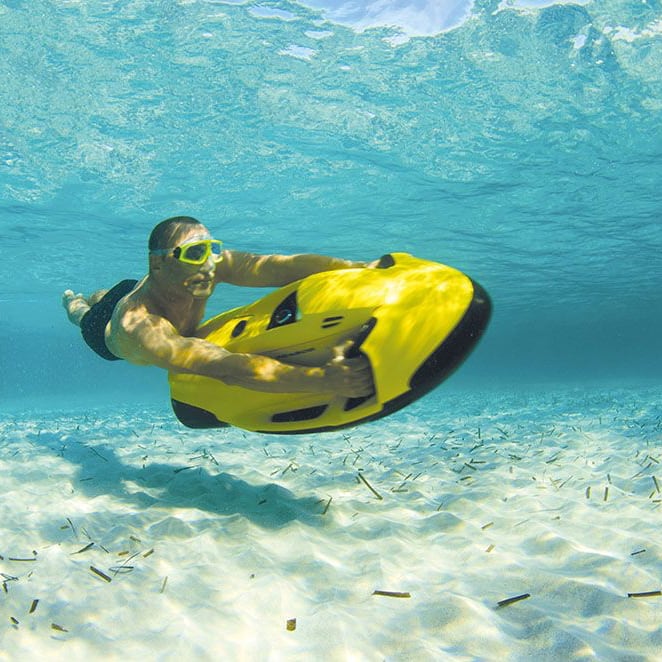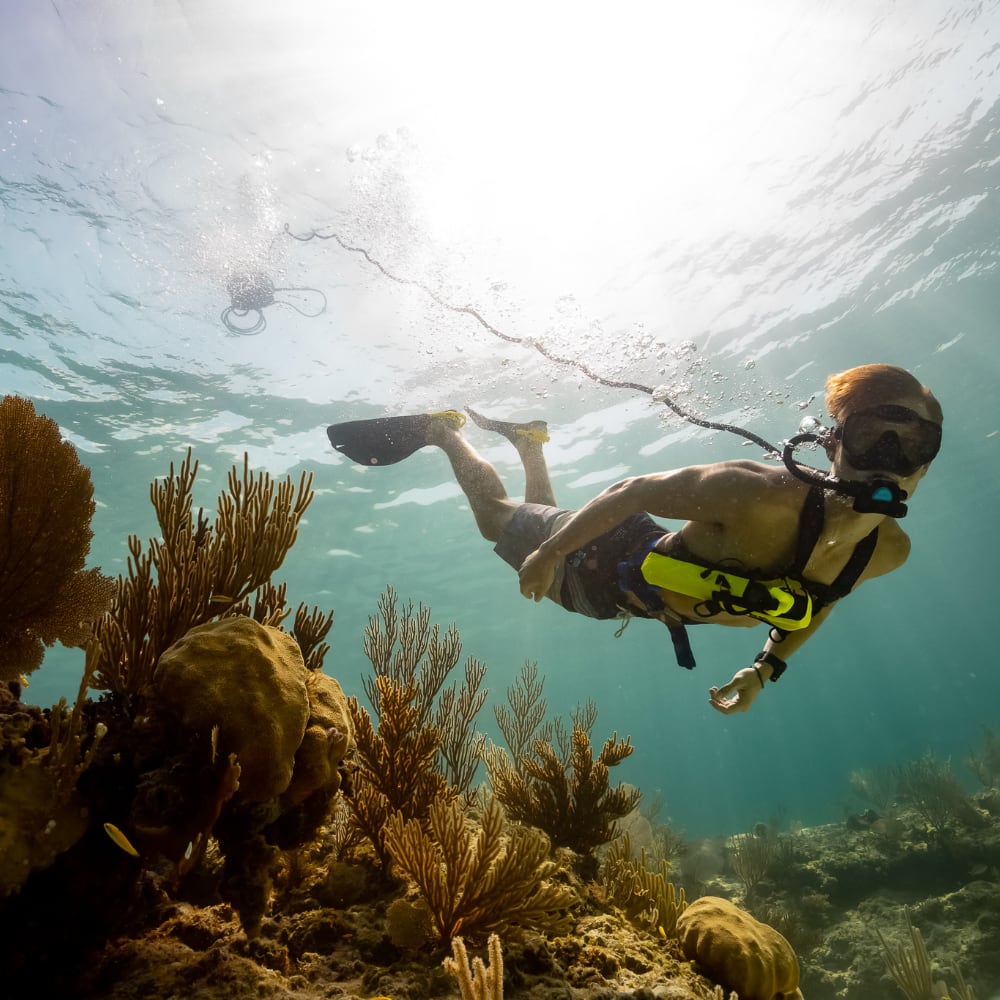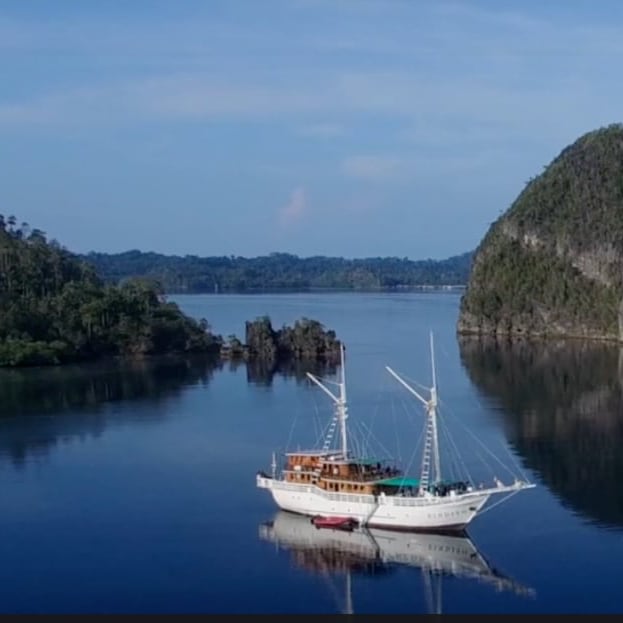I am always surprised by the number of debates I hear or see online regarding Black V’s Blue backgrounds, it almost seems like it is a Holden V’s Ford (not that we can really use this analogy anymore)….. so let’s say Nikon V’s Canon kind of argument. Really it shouldn’t be an either/or in my opinion, there is a time and place for both.
What I like about black backgrounds is that is really makes the subject do all the talking. A good example is this image of a stunning Sydney Weedy Seadragon (Phyllopteryx taeniolatus).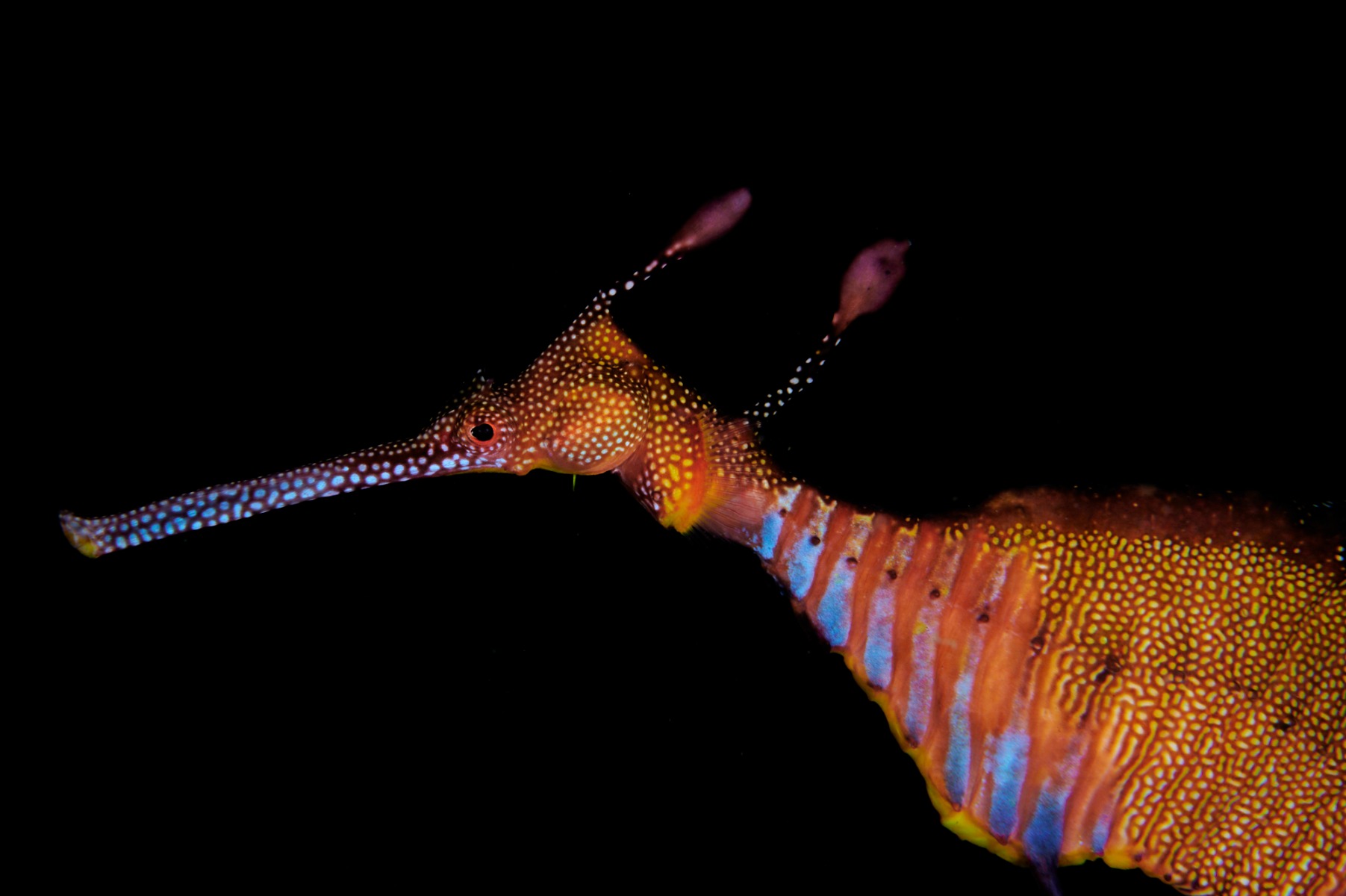
When you have a vibrant subject like this Weedy the black background really isolates the subject. In photography we call this negative space. Negative space is a really powerful photography technic and something that - in my opinion - does not need to play by rules.
By having a blue background, it really takes your audience into the ocean. Quite often, when I show someone an underwater image with a black ground it takes them a lot longer to figure the image out, especially if they don’t know what the subject is. By having the blue in the background the viewer knows straight away that they are underwater and their brain can go on to process the rest of the image.
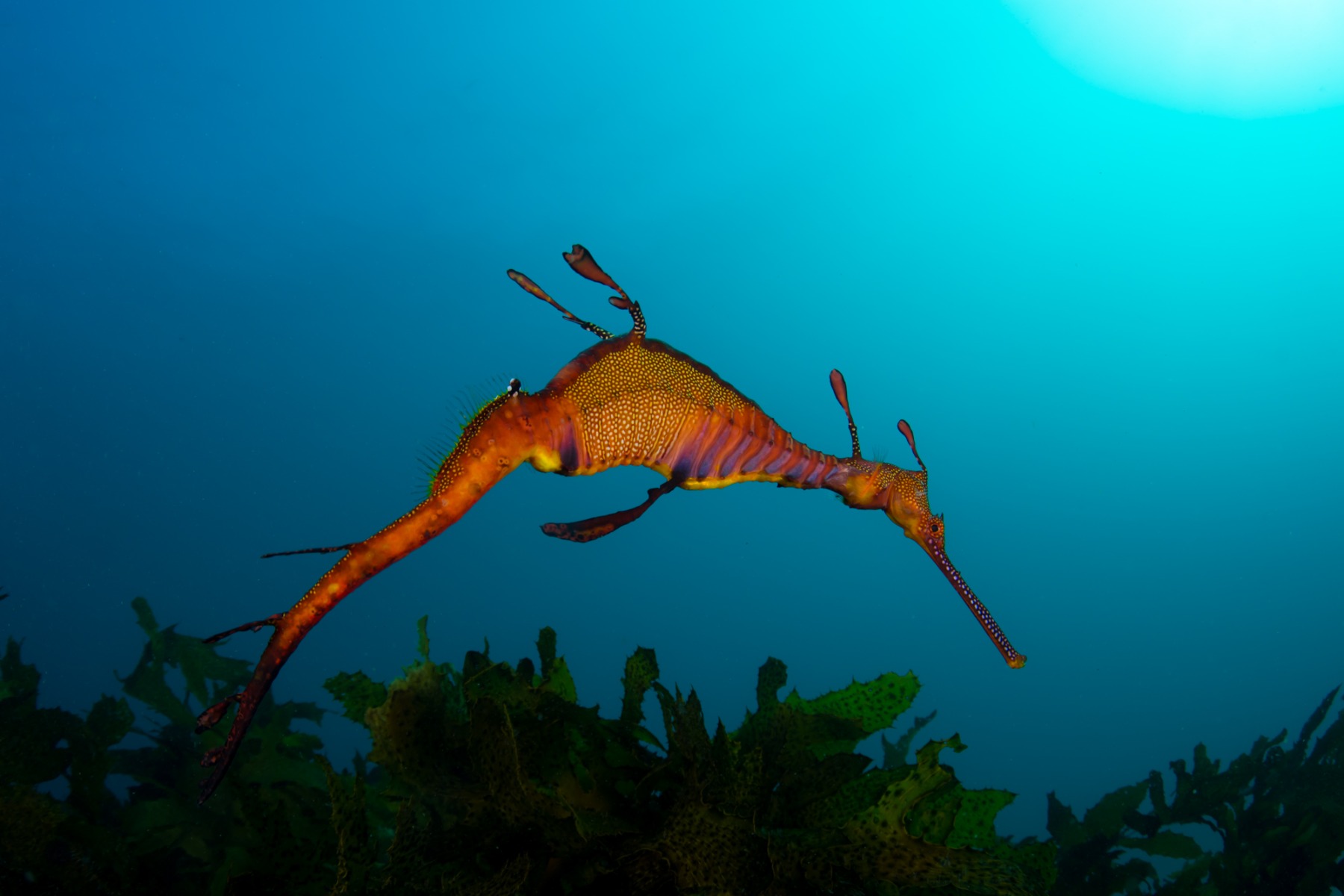
Here is an example of a Pygmy Seahorse (Hippocampus bargibanti) with a blue background. There is still enough contrast to make the tiny seahorse pop while connecting it with its surrounding environment: the ocean! 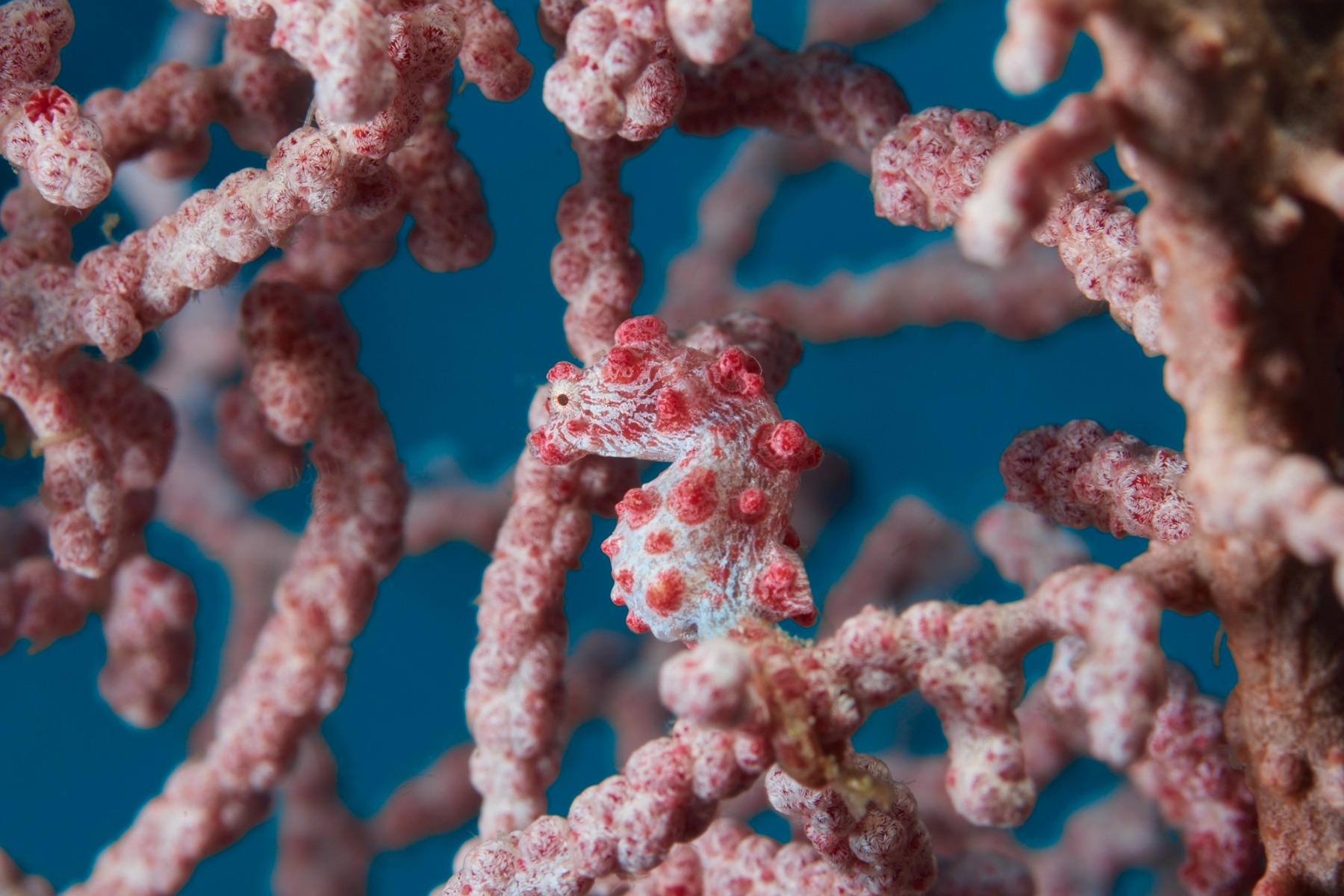
A really common question when someone sees an image with a black background is: "Was that taken at night?" or "Do you only see that creature at night?”. When I tell them the image was taken at during the day you can see the confusion in their face, this is another reason I like to shoot blue.
Here we have an example of black and blue backgrounds on the same subject: a Spinyhead Blenny (Acanthemblemaria spinosa). Both images create a connection with the animal, but demonstrate a different creative element as well.


So, how is it done? Here is a simple guide:
For Black Background
- Use a low ISO, something like ISO100
- Fast Shutter Speed, like 1/160sec but keep in mind the maximum shutter speed that your strobes support
- F-stop should be set low, which actually means a higher number (just to confuse us). For macro something like F20 or higher on a DSLR/Mirrorless and F8 for a compact and for wide around F14 will start doing this trick
- When shooting macro ensure you have nothing behind the subject
- Pay particular attention to your strobe positioning to direct the light as best you can onto the subject. Snoots and other light shaping tools can also be used to only light up your subject, while opening up lots of other creative opportunities
For Blue Background
- Use a slower shutter speed! I think of this as my blue and motion blur dial. I will cover Motion Blur in a future article, you can see an example of this in the Bullshark image below. Bringing down the speed to 1/60 will really start to introduce those natural tones into your images
- I also increase the ISO a bit to give me a bit more range depending on the natural light available
- Playing around with the F-stop will have an effect on the ambient light, anything from F18 to F8 again depending on the available natural light
- My strongest advice here is to exposure for the background with your camera (using above) and use your strobe to control the exposure of your subject.
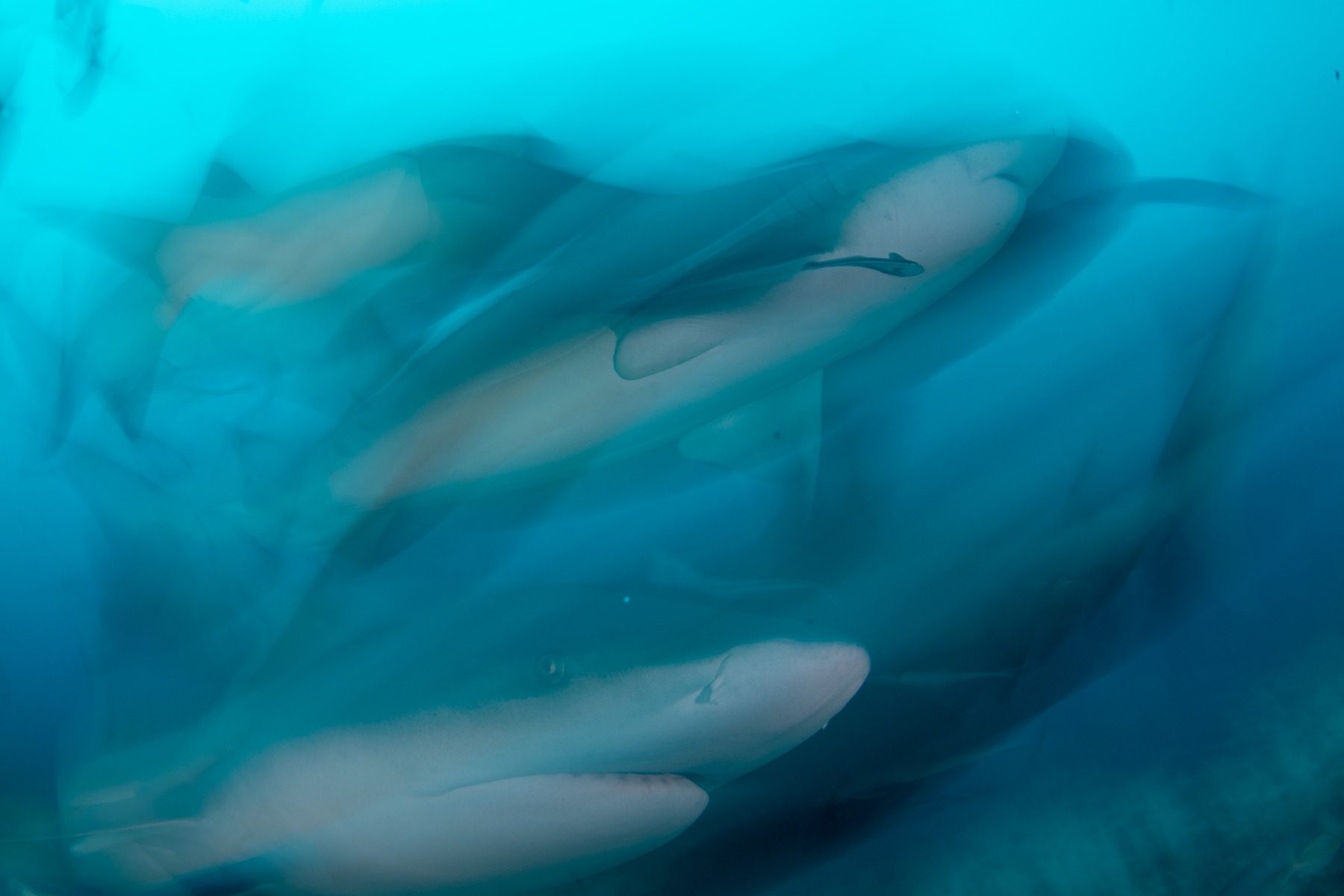
Bio Brett Lobwein
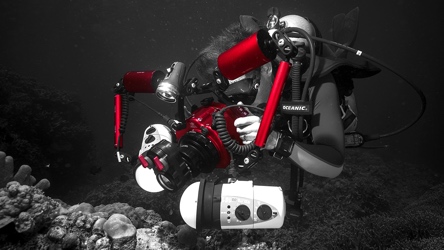
Brett Lobwein is a passionate and environmentally-minded photographer based in his homeland of Australia. Having grown up on the waterways of the Port Hacking River in the southern suburbs of Sydney, his love of scuba diving really took shape in the early 2000s while working in a local dive shop. By 2010, he had started to take a keen interest in underwater photography and purchased his first DSLR housing. From his first trip to swim with the humpback whales in Tonga, he was completely hooked.
His passion for underwater photography is rivaled only by his wanderlust for exotic travel. Whether shooting silky sharks in Cuba’s Gardens of the Queen or sand tiger sharks and fur seals in his native New South Wales, Brett is always sure to represent marine life in their natural element, without demonizing or sensationalizing an animal to gain attention to an image for the wrong reasons.
Aligned with his love for the ocean and its inhabitants, Brett is also a strong advocate of protecting our oceans and environment by raising awareness around excessive use and demand for single-use plastics.
Brett is an associate and resident photographer at Ocean Geographic, owner of UW Images a distributor of underwater photography equipment, and a winner of many international photography awards.

